Give me a deep green, herby tabbouleh any day. If it’s speckled with some diamonds of pomegranate too, I’m in heaven. Tabbouleh is key on any Middle Eastern meze table, but is also delicious in any setting where there’s a lot of flavour going on.
Deep green with speckles of bulgur, or bulgur salad with a few sprigs of parsley? When it comes to tabbouleh, that is the question.
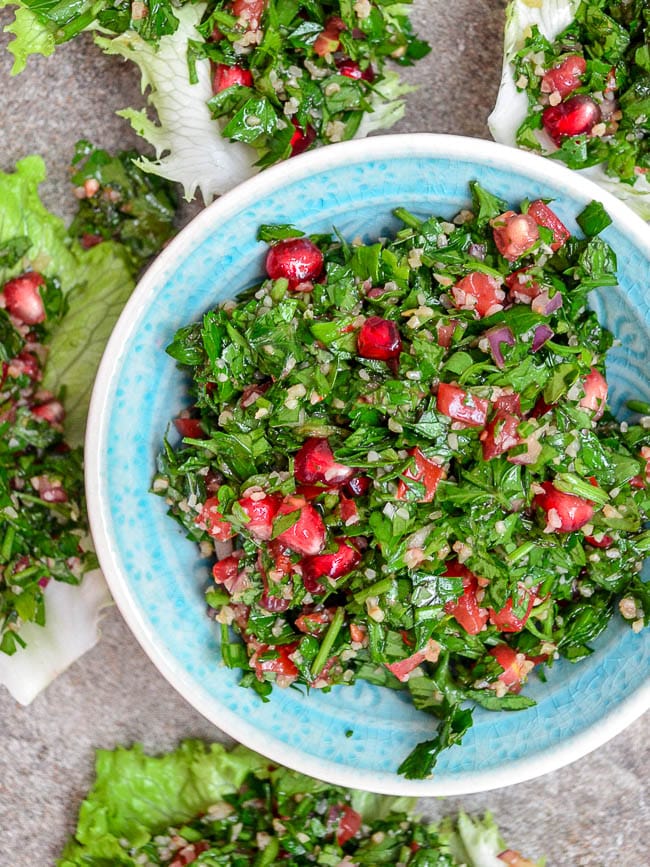
To me, it’s a parsley and herb salad with a little bulgur for texture. Some may tell you this is the only way, and that the bulgur heavy salads more common in the west are a Western bastardisation of this delicate Lebanese herb salad.
History is perhaps not as clear on this as you think.
Where does tabbouleh come from?
The origins of tabbouleh can be found in the mountains of what is today Lebanon. According to Claudia Roden, and there’s every reason to believe her, tabbouleh was originally served as a meze in regions producing arak, the Arab aniseed spirit (similar to ouzo or rakı).
The salad, based on parsley, bulgur and tomato, soon became popular across most of the Levent. And, a little later, across much of the western world too.
What is tabbouleh?
Roden also enlightens us on the biggest disagreement when it comes to tabbouleh. Is it a bulgur salad or a herb salad?
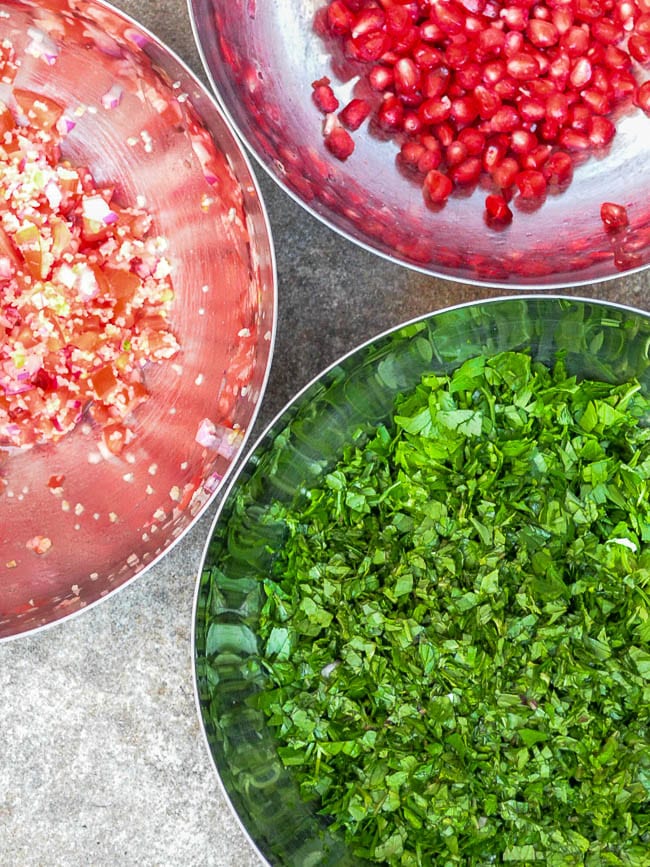
In fact, the early versions of tabbouleh were rich in bulgur. Which makes perfect sense. If you’re having a strong drink, you’d best have something a little filling alongside.
Over time, the herbs came to take on increasing importance, culminating in the modern version seen across the Middle East today.
Indeed, Roden herself may be the culprit of why “Western tabbouleh” appears more aligned with the original salad than what is known as tabbouleh across the Middle East today.
In the original version of A Book of Middle Eastern Food, she included a recipe for tabbouleh as she had known it since childhood in Egypt – a version which her family had brought from Syria in a previous generation. Hers was firmly a bulgur salad with some herbs in it.
She was puzzled by a lot of comments from people in Lebanon and other places in the Middle East, who couldn’t understand how she could call this a tabbouleh. These days, tabbouleh was a green, herby affair.
Roden updated her recipe for later revisions of the book, allowing parsley to play a bigger role, in line with how the salad is eaten today. In the meantime, the view of tabbouleh as a bulgur salad took hold in the West.
Meanwhile, the Turkish kısır salad, a fine bulgur salad flavoured with tomato, pomegranate molasses and herbs, is thought to originate from the original tabbouleh. It is, in my view, a much better bulgur salad than Western versions of tabbouleh.
Some variations on the classic version
I know tabbouleh best as a herb salad. That’s how I like it, and that’s how I serve it. Freshness from flat-leaf parsley, a hint of mint, a little acidity from the tomato and texture from the bulgur.
Sometimes I may add spices such as allspice and cinnamon, but usually I don’t. I find it better without. Pure and simple.
Another thing many people seem not to be aware of is that even in its homelands, tabbouleh is subject to a wide array of variations.
Anissa Helou’s book Modern Mezze includes a couple of them. One substitutes cabbage and extra mint for the parsley, another rice for bulgur.
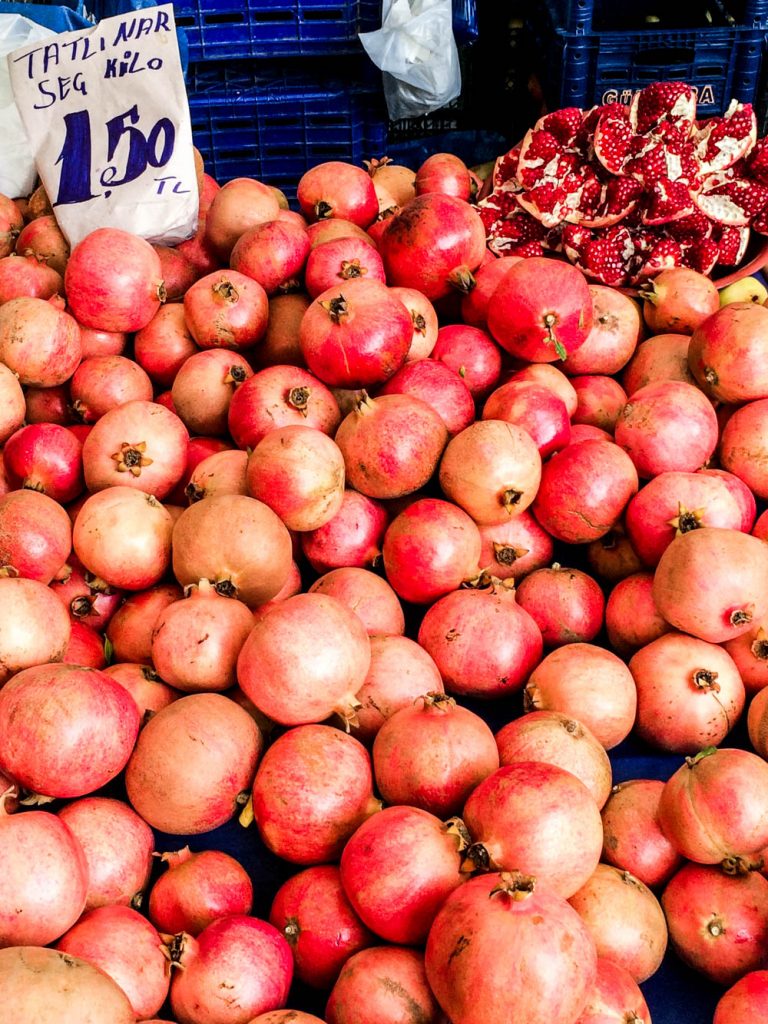
This version has a less dramatic twist. Inspired by the Syrian cookbook Flavours of Aleppo, I’ve added pomegranate seeds. This has been fairly common in most parts of Syria.
And why should it not be? The pomegranate seeds add not just a pop of sweet-and sour flavour and some welcome contrast, it also gives the salad a beautiful splash of colour.
How to make tabbouleh
The key to a green tabbouleh is in the chopping of the herbs. They should be just that. Chopped. Not crushed.
It is said that a young girl’s ability to chop herbs for tabbouleh was an important quality as a potential housewife in these regions. While perhaps one would wish such sayings had no roots in reality, it does suggest just how important both tabbouleh and the chopping of herbs for it is in the Middle East.
If you do it properly, the herbs should remain fresh and crispy. Therefore, always use the sharpest knife you’ve got, remembering to allow the knife to glide instead of pushing through the herbs (pressing the herbs makes them go mushy).
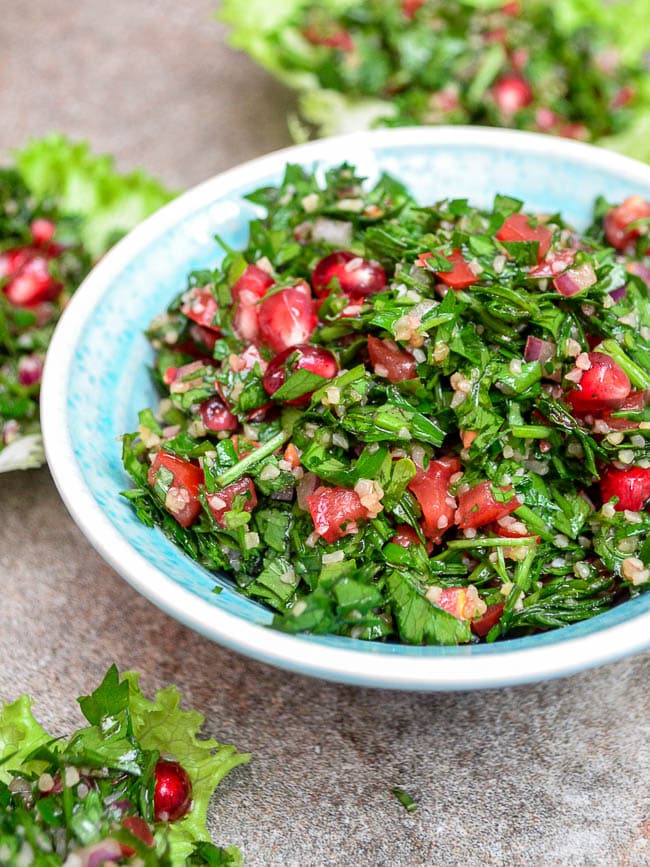
It’s also important your herbs are properly washed and dried. You don’t want any remnants of soil in your salad, and if your bunch is still wet when chopping, it’s another recipe for making the herbs mushy. Therefore, make sure to dry them properly before starting to chop.
There are a lot of herbs in this recipe, so do only as much as you’re comfortable with at a time.
The bulgur used in this salad is the fine grain type, sold as köftelik bulgur if your market stocks Turkish brands. The grains are so small they don’t need to be pre-cooked.
If you can’t find it, regular coarse bulgur is also fine, however this needs to be cooked until al dente first.
How to serve tabbouleh
Tabbouleh is a cornerstone of any meze spread – leaving it out should be the result of careful consideration only! In addition to its delicious flavour, it also serves the important function of being a palate cleanser in between trying different types of mezes.
It’s also excellent alongside fish or meat.
A few bites each are usually enough, so this recipe usually serves 4-6 easily.
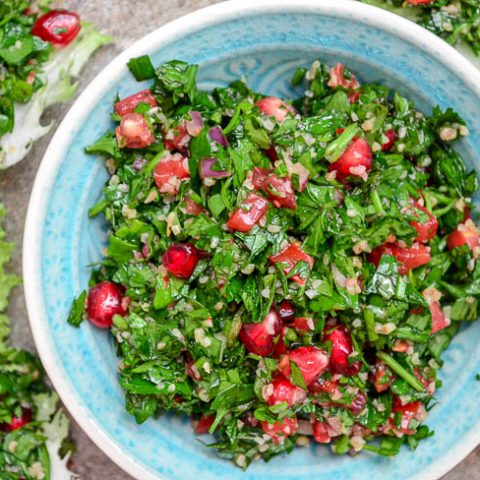
Tabbouleh with pomegranate
Ingredients
- 25 g fine bulgur
- 150 g cherry tomates, or other very good sun-ripened tomato, finely chopped
- 2 Tbsp lemon juice
- 200 g flat-leaf parsley, thick stalks removed, finely chopped (c. 85 g/3 oz net weight)
- 25 g mint, leaves only, finely chopped
- 2–3 spring onions, finely chopped or ½ red onion, finely chopped
- ½ large pomegranate, seeds only
- 1 Tbsp pomegranate molasses
- 2 Tbsp extra virgin olive oil
- gem lettuce, leaves separated, or other lettuce to taste
- salt and pepper
How I make it
- Mix the bulgur, tomato, lemon juice and a little seasoning. Set aside until the bulgur has softened, 5-10 minutes. Meanwhile, chop the herbs.
- Mix the herbs, onion, pomegranate and bulgur and tomato mixture. Add pomegranate molasses and extra virgin olive oil and mix again. Season.
- Serve immediately using small lettuce leaves as bowls, or serve in a bowl with lettuce leaves on the side.
Tips & notes
- For a more traditional variety, double the tomato and lemon juice and skip the pomegranate seeds and pomegranate molasses.
- Add some ground allspice and cinnamon for a more spiced flavour




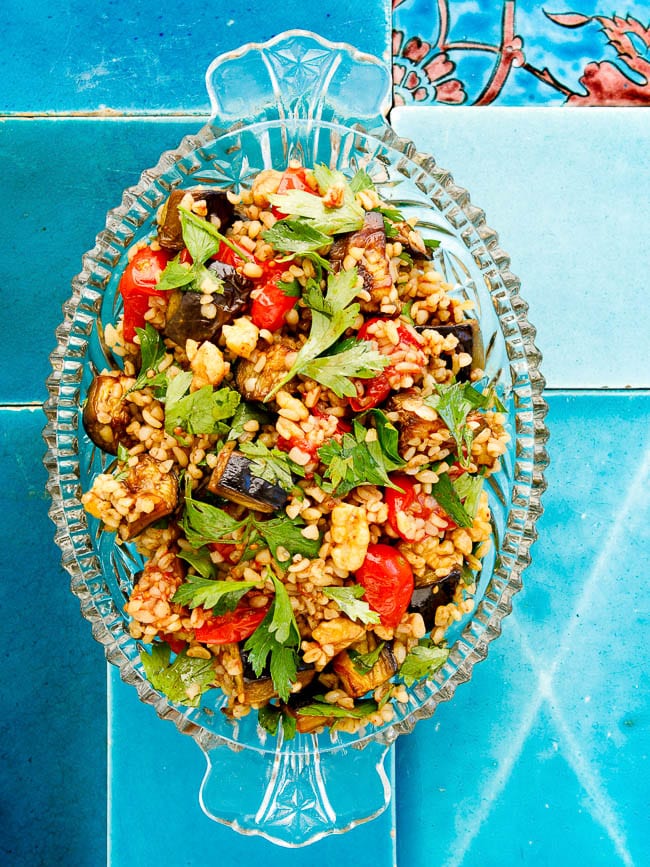
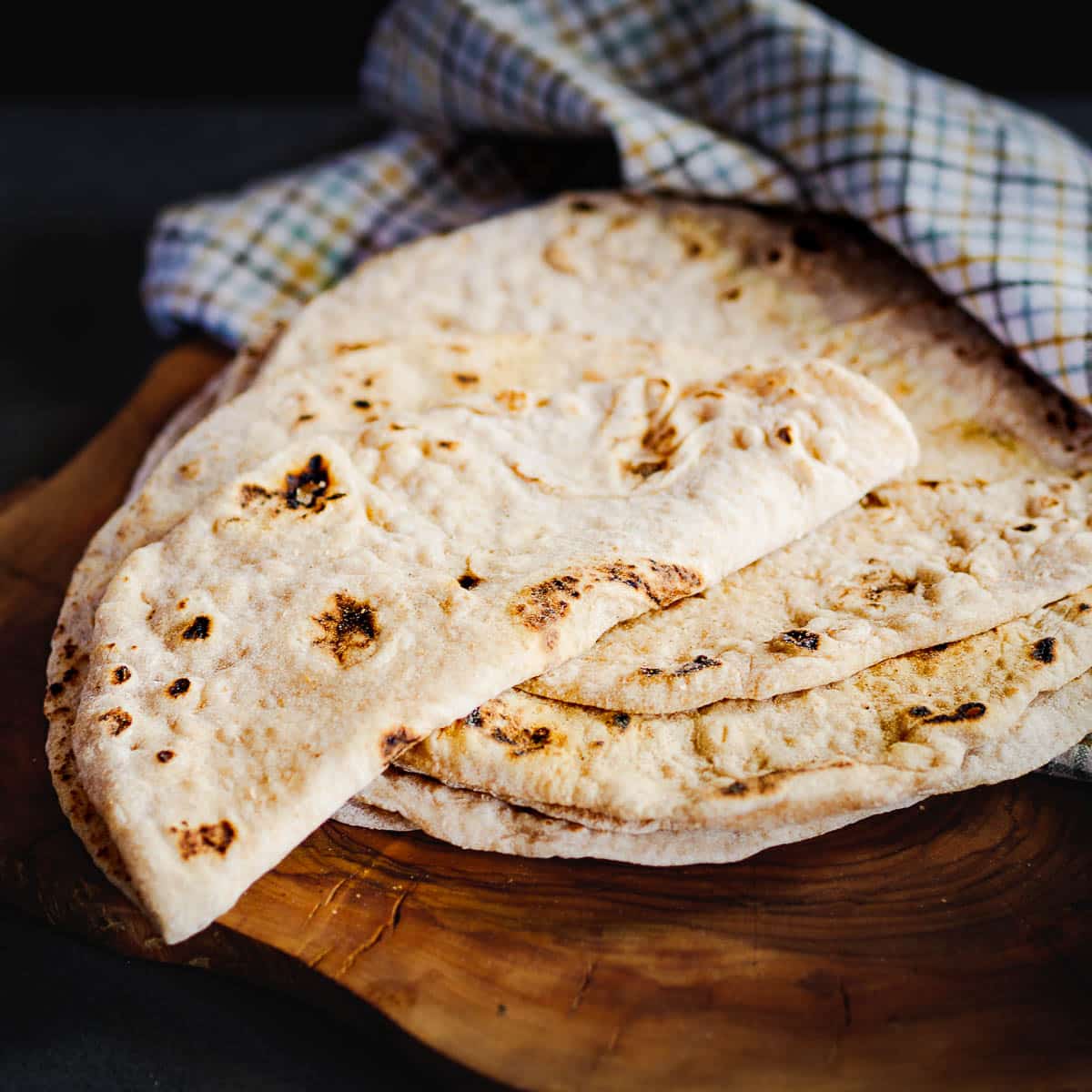
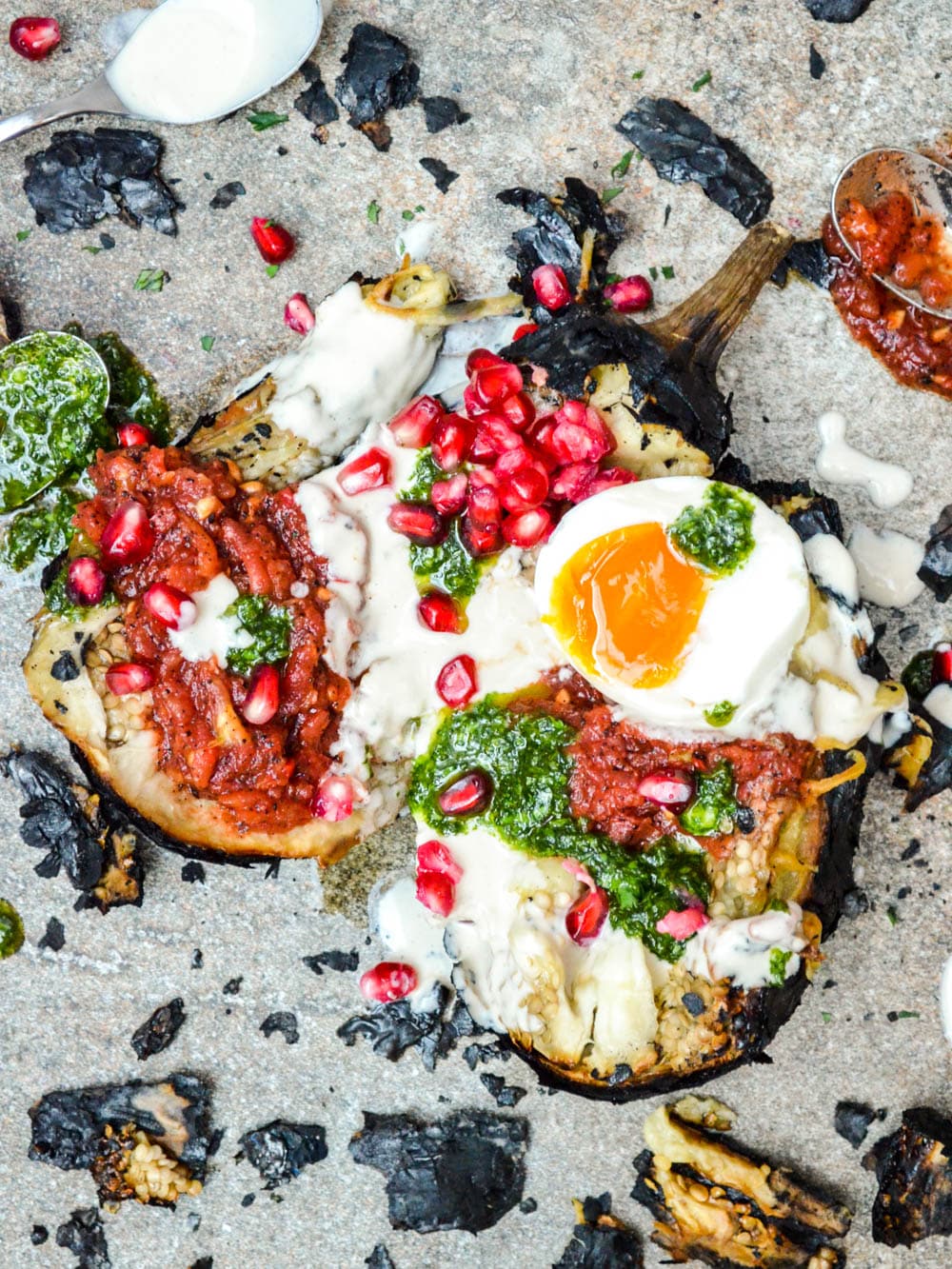
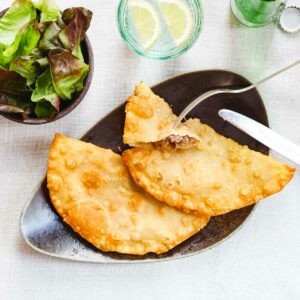
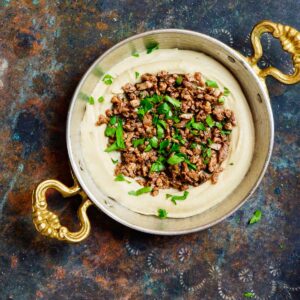
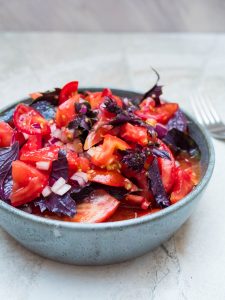




One Response
A delicious Tabbouleh be sure to read the herb chopping comments for best results.